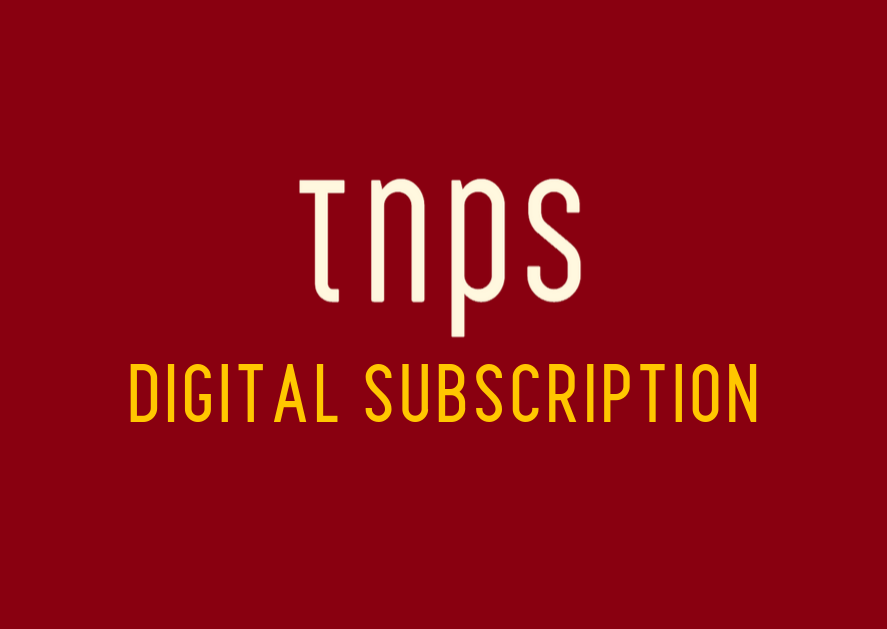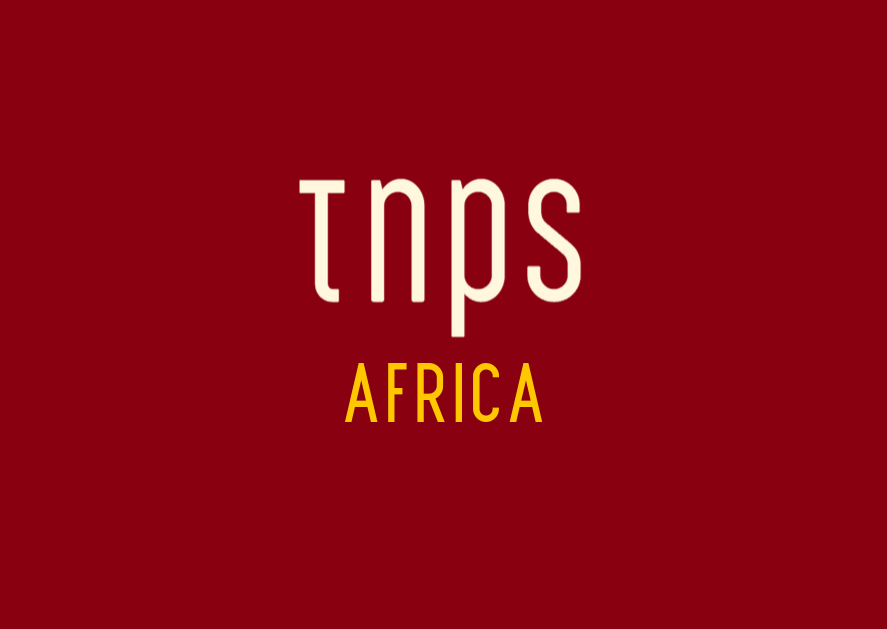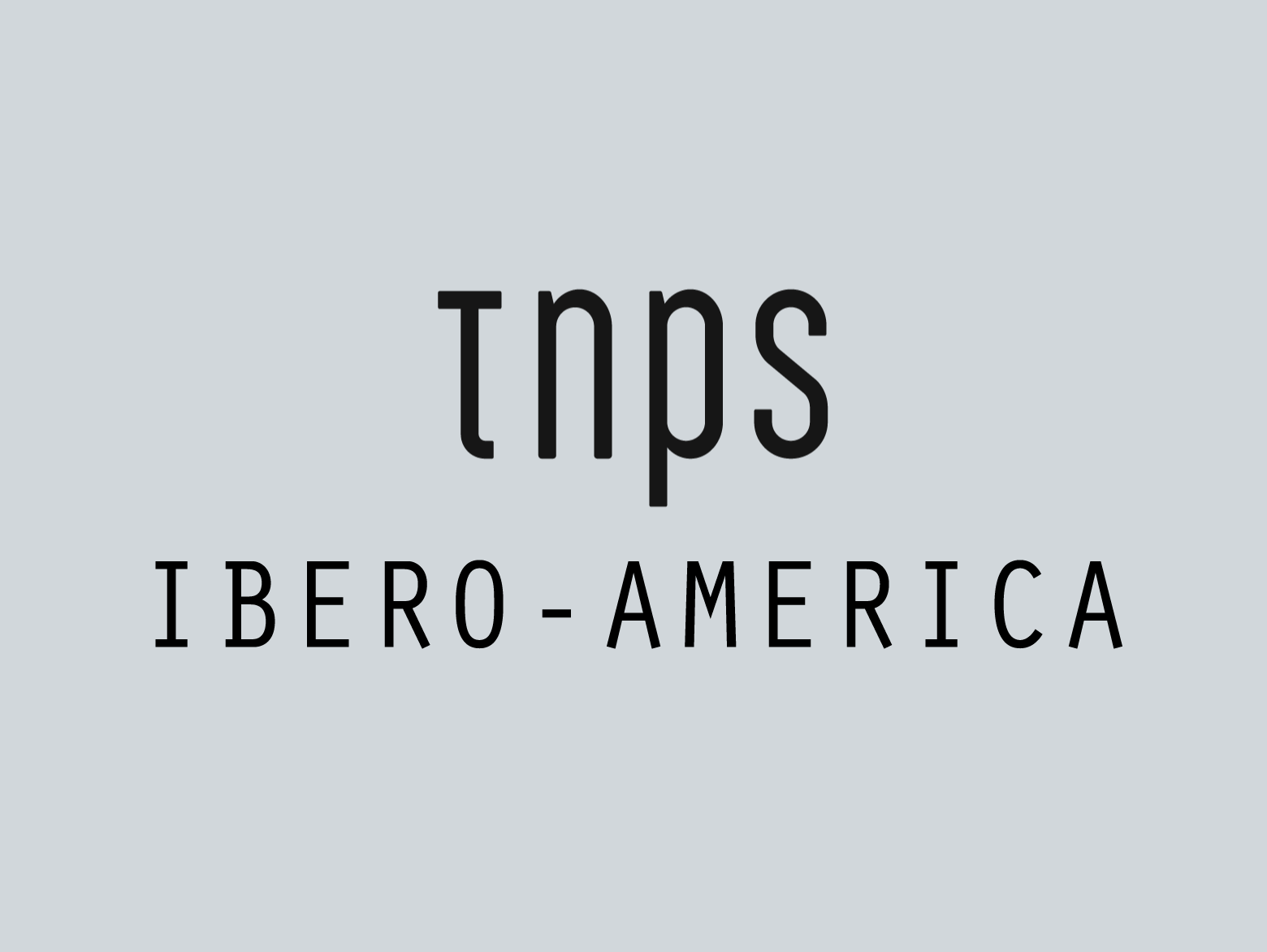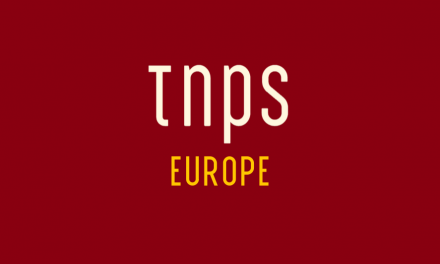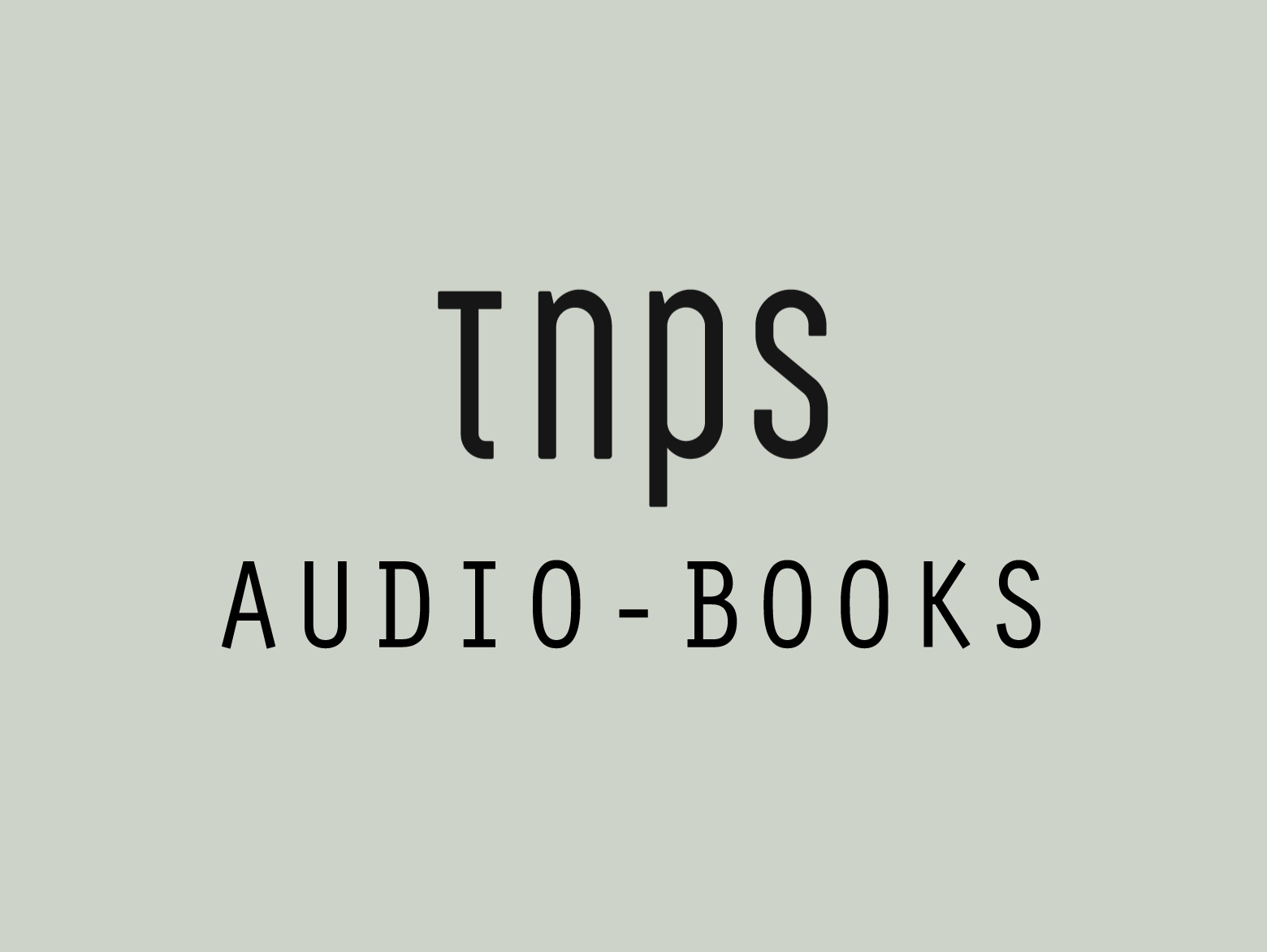It also seemed so unlikely, even in 2015, ten years after Storytel was founded. Back then Storytel was just getting into its stride in Sweden, and making its first tentative forays in the audiobook markets of other countries, somehow convincing publishers that the unlimited consumption model could actually pay.
Fast forward to 2020 and Storytel is in twenty markets, and plans to add twenty more over the next three years.
In Sweden the company dominates the publishing landscape with its eclectic mix of print, digital and streaming options, and a philosophy of giving consumers choices.
But it’s not alone. Bookbeat, Nextory and smaller players are all fighting for this small but lucrative digital market of 9.6 million internet users, and what we are seeing is something the world’s publishers ought to be studying carefully.
Last year digital streaming took as much as 48% of the book market. That’s 48% of the countable book market, not the entire book market – some sales sectors won’t be included, so we can allow 48% as generous.
But by any measure this is serious stiff.
Print sales continue to slide as digital gathers momentum, and a tipping point looms where print production simply becomes commercially unviable for some sectors, which in turn will accelerate the shift to digital streaming among consumers already more than comfortable with digital reading and listening.
It’s a nightmare scenario for the many western publishers that cling to their twentieth century à la carte print model, and we’ve seen already this past decade how some publishers were willing to artificially inflate ebook prices to stop the ascendancy of digital.
Today Sweden. Tomorrow the USA…
But this is not about publishers’ Luddite tendencies. Publishers have shown themselves mostly willing to embrace digital. Rather this is about two different book economies.
On the one hand we have the Nordic nations – home to keen readers with plenty of spending power and comfortable with digital.
And on the other hand we have the big western publishing nations like the USA and UK, also home to keen readers with plenty of spending power and also comfortable with digital.
Only, in the Nordics there is no Amazon.
Okay so we’ve seen token gestures form Audible in the Swedish audiobook market, and KDP supports all the Nordic languages. But there is no Nordics Kindle store or Nordics Audible store, and given the Kindle global expansion programme ground to a halt in 2014 with the Netherlands launch it seems unlikely that will change any time soon.
And therein lies the true dread of western publishers when looking at digital subscription, and why the results from the Scandinavian experiment has them looking on with trepidation.
When the western publishers deliberately raised ebook prices to protect their print sales it was about hanging on to a semblance of power and independence in the book markets where Amazon totally dominates the digital sector.
The scenario unfolding in the Nordics right now, led by Sweden, where the tipping point looms, is not causing great consternation to most Nordic publishers (printers on the other hand have every reason to be worried) because Nordic publishers mostly understand that subscription not only reaches new audiences both at home and abroad, but breathes life into the backlist. And ultimately publishers sell more books. Just, not in print.
Svensk Bokhandel and Boktugg reported this week on the latest numbers from the Swedish Bookstore Association and the Swedish Publishers Association, which when adapted to compare to regular print and ebook sales shows that some 48% if the Swedish book market is now digital subscription.
Bricks & mortar store book sales fell by 5.% volume and 4.4% revenue in 2019, and perhaps surprisingly online sales of print were hit hardest, down 8.7% by volume and down 5.5% by value.
For the physical bookstore, Christmas shopping is still very important. Sales in December were more than twice as high as all other months.
That said, it wasn’t all good news for subscription, as the small matter of gross revenue reared its ugly head. Because while subscription accounted for 48% of books sold by volume last year, it brought in only 21% of 2019’s book revenue.
But is that such a bad thing? As I explored in this post marking Storytel’s partnership with Bookwire for Brazilian ebooks, subscription mathematics is not the same as regular bookselling mathematics.
Subscription can substantially add to a publishers’ bottom line and their future success. But it needs a leap in thinking away from a revenue-focussed approach to an audience-focussed approach.
By way of simple example, a book published at $10 that sells 1,000 copies brings in $10,000 in revenue. Except it doesn’t, because once we’ve taken away the retailer fees, the warehousing and distribution costs, the print production costs, etc, not to mention the allowance for remaindered stock, there’s very little going to the publisher, and out of what’s left there’s author royalties to pay.
Subscription offers publishers less gross revenue, but, taking the sample values as above, here’s the thing:
If publishers get $2.50 per subscription download after the subscription service has taken its cut, but has no print-associated production and distribution costs and remaindered costs, it doesn’t need the same gross revenue to break even. And subscription can reach new audiences in new places, and in volumes that à la carte retail cannot hope to match.
No surprise therefore that Nordic publishers are mostly comfortable with the model, with many actually launching their own subscription services.

